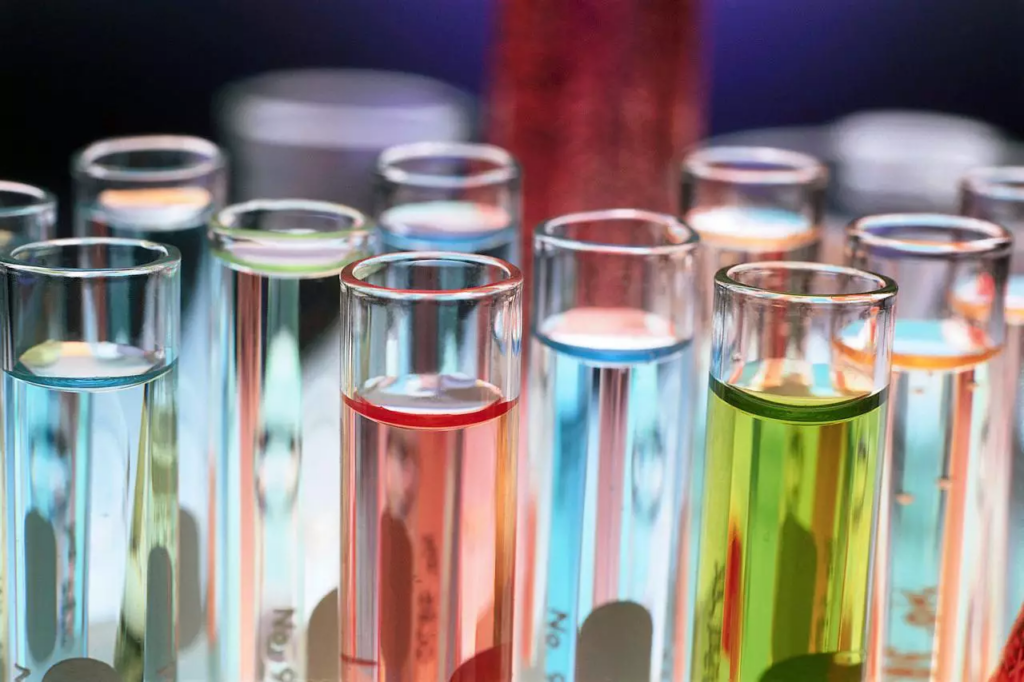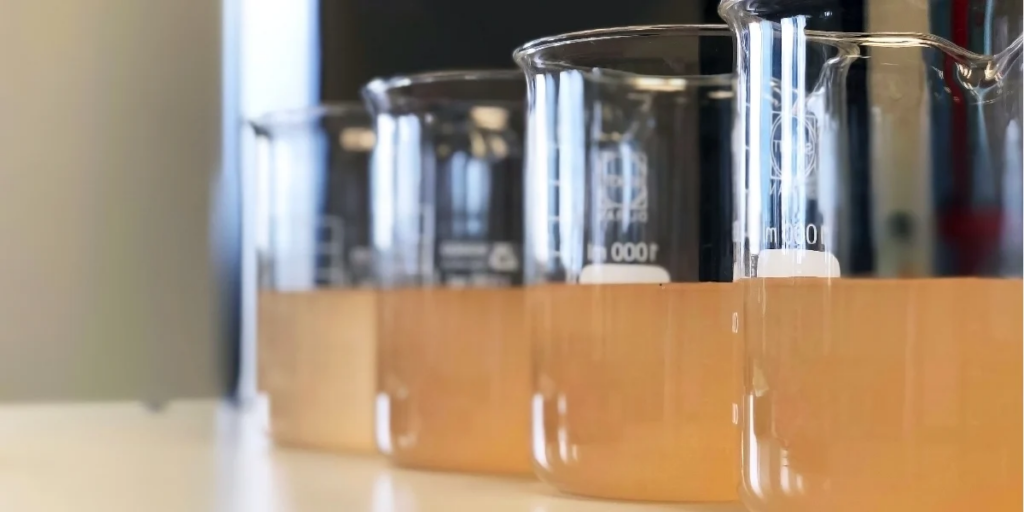
Water is essential for life, and ensuring its purity and safety is crucial for health and well-being. The chemistry of water storage and treatment involves a series of chemical processes designed to remove contaminants, preserve water quality, and make it safe for consumption. This article delves into the fundamental chemical processes involved in water storage and treatment, explaining how they work together to ensure water purity and safety.
The Chemistry of Water Storage
Water storage is a crucial aspect of maintaining water quality. Understanding the chemistry involved can help prevent contamination and degradation of water stored over time. Key factors include:
pH Balance: The pH level of stored water is an important chemical parameter. Water that is too acidic (low pH) or too alkaline (high pH) can lead to corrosion of storage tanks or pipes, potentially introducing metal ions into the water. Maintaining a neutral pH (around 7) helps prevent these issues and ensures water remains safe and stable.
Dissolved Oxygen: Oxygen levels in stored water can affect its quality. High levels of dissolved oxygen can promote the growth of aerobic bacteria, which may cause water to spoil. Conversely, low oxygen levels can lead to anaerobic conditions, which promote the growth of harmful bacteria. Proper aeration and periodic water movement can help maintain optimal oxygen levels.
Temperature Control: Temperature plays a significant role in water chemistry. Higher temperatures can accelerate chemical reactions and bacterial growth, while lower temperatures can slow down these processes. Maintaining appropriate storage temperatures helps control microbial activity and chemical changes.
The Chemistry of Water Treatment
Water treatment involves a series of chemical processes designed to purify water by removing contaminants and improving its quality. The primary methods include:
1. Coagulation and Flocculation
Coagulation: This process involves adding chemicals called coagulants (e.g., aluminum sulfate or ferric chloride) to water. These chemicals cause tiny particles and impurities to clump together, forming larger particles known as flocs.
Flocculation: After coagulation, the water is gently stirred to encourage the formation of larger flocs, which can then be removed from the water. This process helps in removing suspended solids and colloidal particles.
2. Sedimentation
In this step, the water is allowed to sit undisturbed, enabling the flocs to settle at the bottom of the treatment tank. This process separates the solid particles from the water, which can then be removed, leaving cleaner water on top.

3. Filtration
The next step involves passing water through filters to remove any remaining particles, including flocs and microorganisms. Filters can be composed of various materials such as sand, gravel, and activated carbon. Each type of filter material plays a specific role in removing different types of contaminants:
Sand Filters: Remove larger particles and sediments.
Activated Carbon Filters: Adsorb organic compounds, chlorine, and other chemicals that affect taste and odor.
Membrane Filters: Such as microfiltration, ultrafiltration, and reverse osmosis, remove smaller particles and microorganisms.
4. Disinfection
To kill any remaining pathogens and ensure the water is microbiologically safe, disinfection methods are employed:
5. Chlorination
Adding chlorine to water effectively kills bacteria, viruses, and other pathogens. Chlorine reacts with water to form hypochlorous acid, which disrupts the cellular processes of microorganisms.
Ozonation: Ozone, a powerful oxidizing agent, is used to destroy microorganisms and break down organic contaminants. It is often used in conjunction with other treatment methods.
Ultraviolet (UV) Radiation: UV light disrupts the DNA of microorganisms, rendering them unable to reproduce and causing them to die.
6. pH Adjustment
Post-treatment, the pH of the water may be adjusted to ensure it is neutral and safe for consumption. This can involve adding acids or bases to balance the water’s pH level.
7. Chemical Addition
Additional chemicals may be added to improve water quality. For example:
Corrosion Inhibitors: Added to prevent corrosion of pipes and tanks.
Fluoridation: In some regions, fluoride is added to water to help prevent dental cavities.
Conclusion
Understanding the chemistry of water storage and treatment is essential for ensuring that water remains pure and safe for consumption. The processes of pH balancing, controlling dissolved oxygen, and temperature management in storage, combined with coagulation, sedimentation, filtration, disinfection, and chemical adjustments in treatment, work together to maintain high water quality standards. By effectively managing these chemical processes, we can safeguard public health and ensure a reliable supply of clean water.


